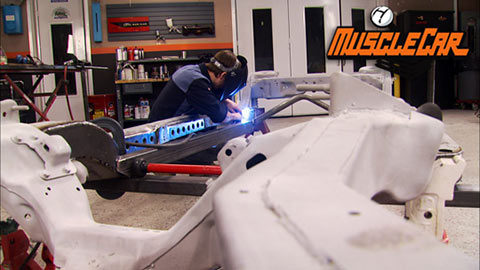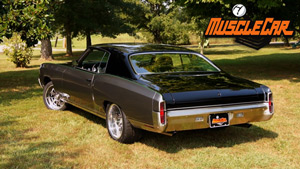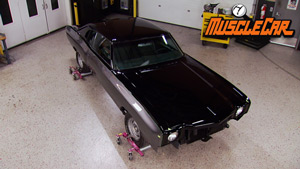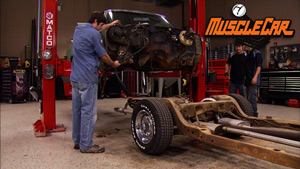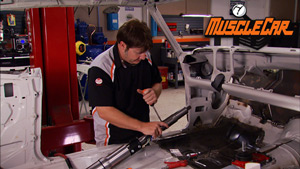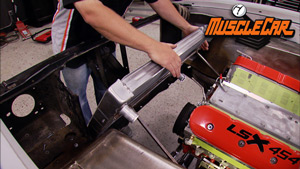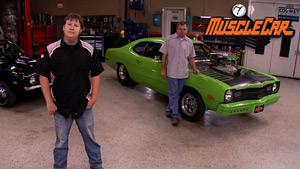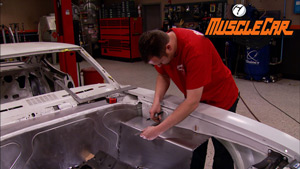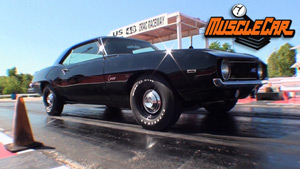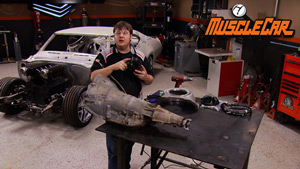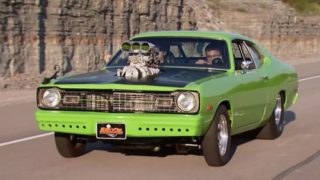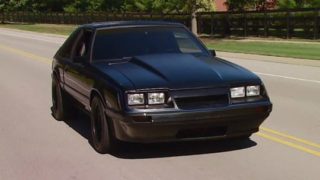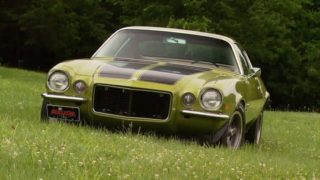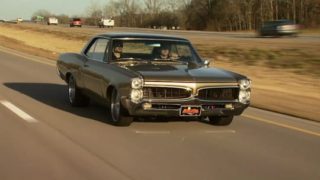MuscleCar Builds
Want more content like this?
Join the PowerNation Email NewsletterParts Used In This Episode
ARP
Wheel Studs
Doug's Headers
Ceramic-Coated Headers with 1 3/4" primary tubes and 3" collectors
Flaming River
Steering Components- Column, Steering Shaft, Steering Box
Moser Engineering
Full float rear end conversion with upgraded axles
Summit Racing
Hotchkis Sport Suspension
TCI Automotive
700 R4 Transmission Package (Transmission, Converter, Fluid, Cooler, Lines, Yoke, & Shifter)
